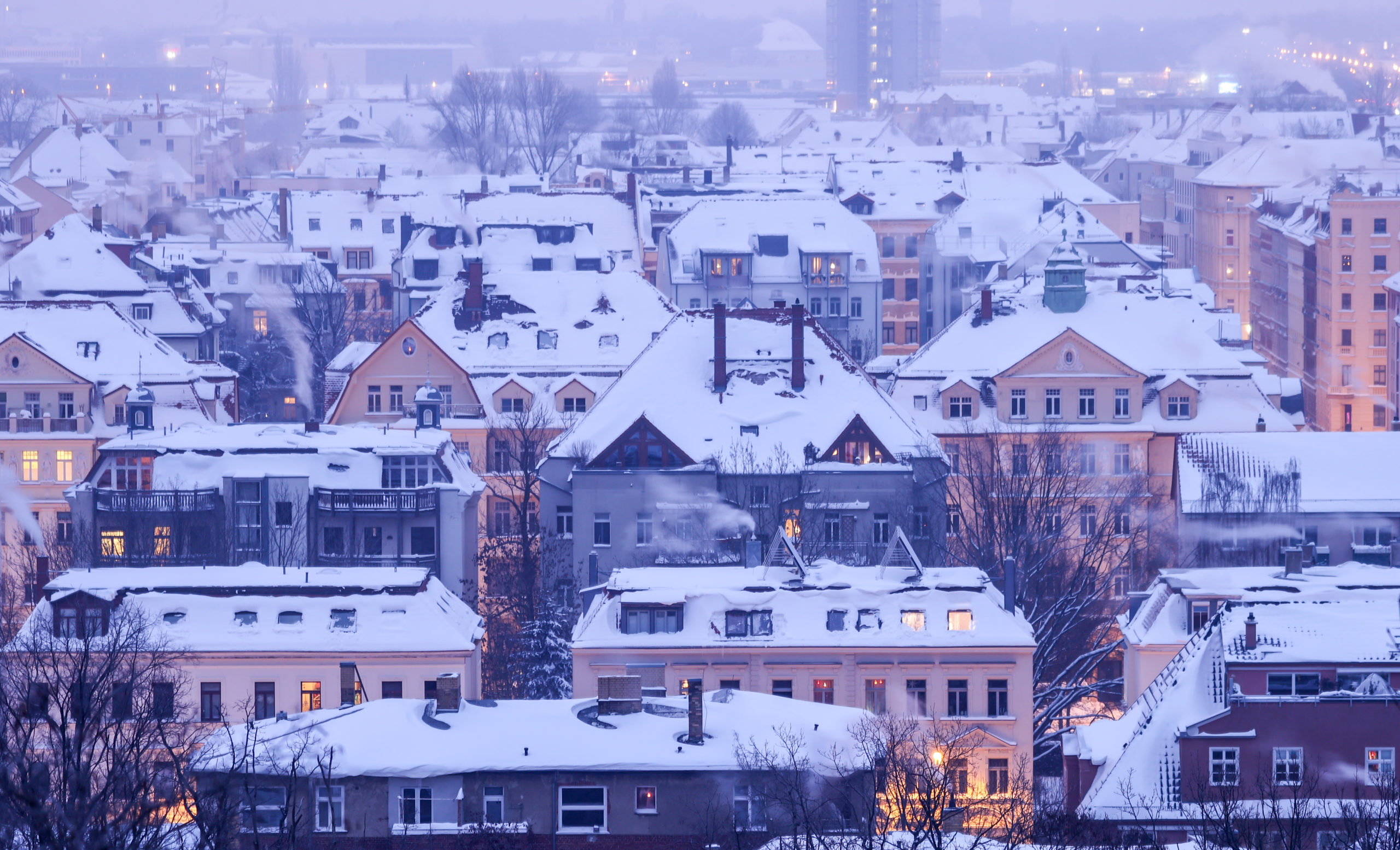Germany’s population is expected to increase its population, albeit minimally, until 2040, according to a new study.
The Bertelsmann Stiftung presented its "Guide to Municipalities" on Tuesday, which suggests that around 0.6 percent more people will live in Germany in 16 years. That’s 0.6 percent more than the 2020 population, which was the reference point for the study.
But Germany’s projected population growth is distributed very differently across the federal states.
Where are populations expected to change the most?
In Saarland and the eastern states, populations are expected to decline. Some western states are likely to stagnate – such as North Rhine-Westphalia with a predicted minimal decline of 0.1 percent or Lower Saxony with a slight increase of 0.1 percent. In the other states, populations are predicted to increase.
According to the study, population changes in Germany’s 13 non city-states ranges from plus 4.6 percent for Baden-Württemberg to minus 12.3 percent in Saxony-Anhalt.
In the city-states of Berlin and Hamburg, there is a significant increase of 5.8 and 3.5 percent, respectively. Bremen will grow only moderately by 1.1 percent.
Cities expected to grow the most include Leipzig, Potsdam and Bamberg – each predicted to increase by more than 10 percent. This also applies to the districts of Biberach in Baden-Württemberg, and both Mühldorf am Inn and Kelheim in Bavaria.
On the other end of the spectrum are some districts and cities in the eastern states with predicted declines of 17 percent or more.

What are the leading causes of population change?
"Three factors are crucial for forecasting: births, deaths and migration,” study author Petra Klug says.
The expert from the Bertelsmann Stiftung added, "There have been two events in recent years that have made forecasts difficult. That was the war in Syria in 2015 and the war in Ukraine in 2022. Both had and continue to have an extreme impact on the calculations."
According to Klug, both events have had different influences: "Unlike from Syria, a high proportion of young and middle-aged women have come to us from Ukraine.”
READ ALSO: Two years later, two Berlin residents from Ukraine on how war affects their lives
How are population demographics changing?
Changes in population size are one thing, and demographic trends are another.
Baby boomers are reaching retirement age, and the number of people in employment is declining. According to calculations, the number of people over the age of 80 will increase from around 5.8 million in 2027 to around 7.7 million in 2040. The share of this age group in the total population will then be 9.2 percent.
The extent of the differences in the age structure of the population is shown by the so-called median age, which marks the ‘middle’ age when a population is divided into younger and older halves. Nationwide, the median age will rise by 1.2 years to 47.1 by 2040.
Here too, the states vary immensely, with the span between the states’ median ages being almost 10 years. In Hamburg and Berlin, the figure is to be around 43 years by 2040. In four of the five eastern states, the median age will be between 52 and 53 years.
At the rural level, the differences are even greater. The oldest district will be Greiz in Thuringia with 57.3 years. Whereas the youngest urban district of Heidelberg, in Baden-Württemberg, will be 38.8.
READ ALSO: What foreigners need to know about old-age care in Germany
"Despite all the regional differences, the increasing ageing of our society is evident in almost all municipalities," Ralph Heck, Chairman and CEO of the Bertelsmann Foundation, told Tagesschau.
"Targeted strategies are needed to build suitable infrastructure for the older generations and to overcome the economic challenges that arise in the process."
How reliable are the forecasts?
General population trends tend to be predictable, but certain phenomena that could affect population changes cannot be predicted.
With regard to possible errors in such forecasts, Klug says: "The smaller the territorial units, the more error-prone the forecasts are.”
So the big picture – that Germany’s population will grow by around 0.6 percent – is the most certain figure. Whereas growth projections for smaller cities or counties are the most uncertain.
In particular, the relocation of large companies, from one city to another for instance, can have a big impact on population development – these can rarely be foreseen.

Comments